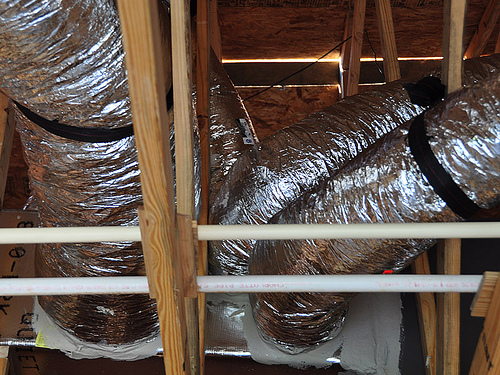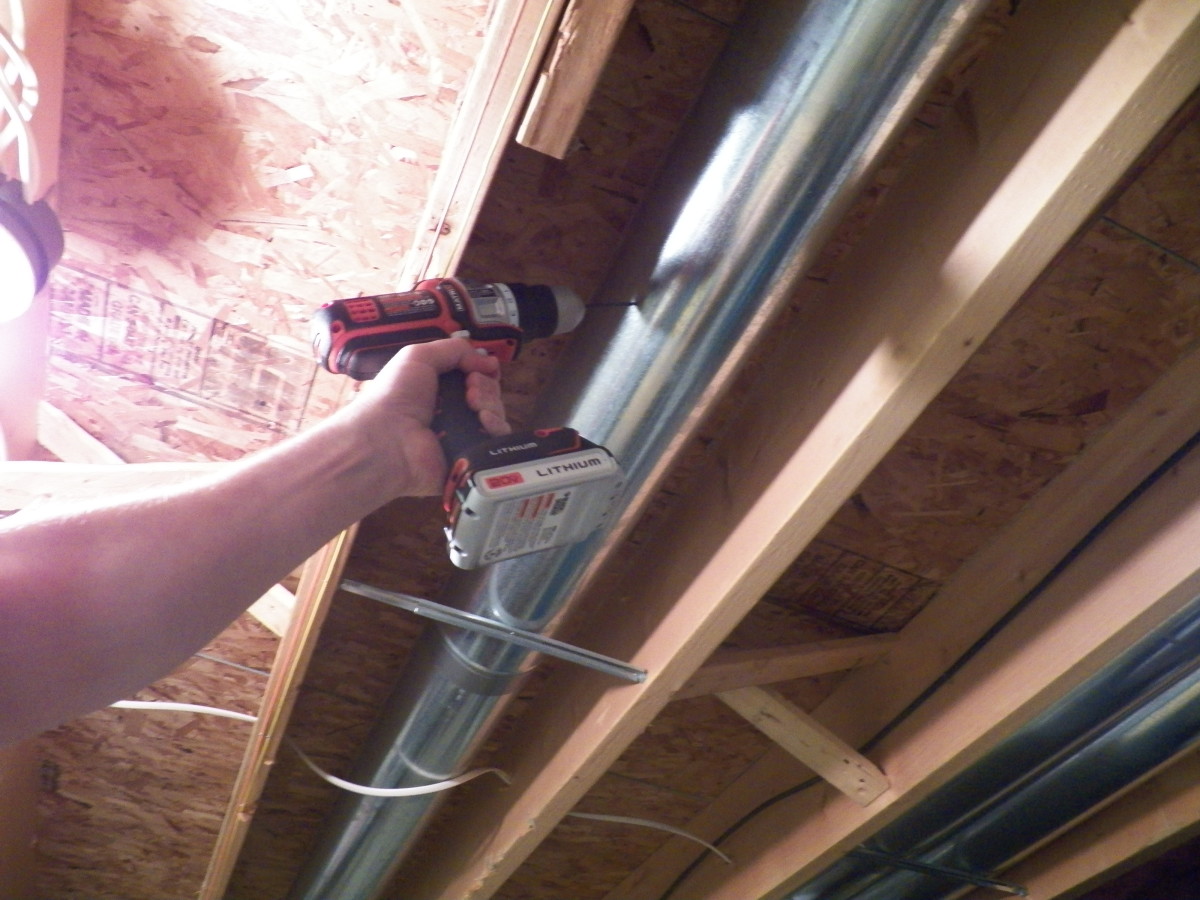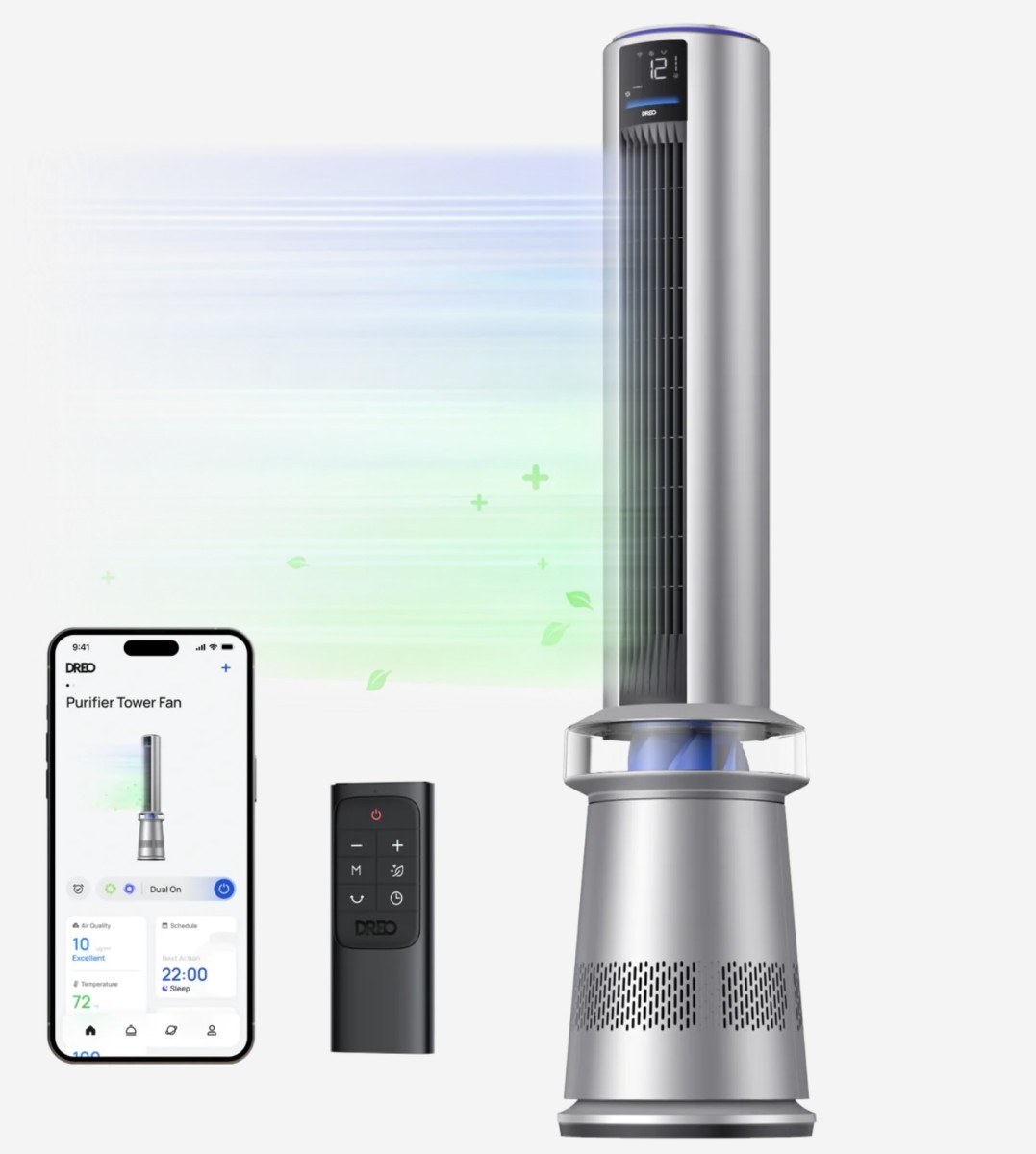Calculating HVAC Duct Designs

© 2011 by Aurelio Locsin
When the weather outside gets too hot or too cold, homeowners can keep a room comfortable with space heaters or room air-conditioners. But if they want to adjust the temperature in the entire house, a heating, venting and cooling system is necessary. Proper HVAC duct design and calculation ensures the best climate control with most efficient energy use.
Origins
HVAC professionals rely on local and state building codes to dictate the correct design and size for ducts. Though these codes may differ slightly by location, they are all based on the International Residential Code or IRC, maintained by the International Code Council. This non-profit member organization was founded in 1994 to combine three competing national codes into one set of regulations. This consistency ensures that installations from New York to Los Angeles maintain the same standards for durability and construction, and that duct designs work in the same way in any location.
Above-Ground
The IRC states that for aboveground installations, duct systems must discharge air to a maximum of 250 degrees Fahrenheit. Factory-made ducts must be made of materials with a flame spread index of either 25 or 0, to limit fire danger. The thickness of duct walls depends on their size, shape and material. Round ducts and enclosed rectangular ducts that are 14 inches or under must be at least 0.0157 inches thick for galvanized steel and 0.0145 inches for aluminum. For 16-to-18 inches, the galvanized minimum is 0.0187 and aluminum is 0.018. For 20 inches and over, the galvanized minimum is 0.0236 and for aluminum, it’s 0.023 inches. Exposed rectangular ducts use the same minimums for 14 inches, and for over 14 inches, they use the previously specified minimum for 16-to -18 inches.
Underground
Underground duct systems require materials of approved concrete, clay, metal or plastic. Plastic ducts cannot have a temperature over 150 degrees Fahrenheit. Metallic ducts must either be completely encased in concrete at least 2 inches thick, or require approved corrosion protection. Ducts inside concrete must be properly sealed and fastened before the concrete is poured. Non-metallic ducts must follow manufacturer’s installation instructions. All ducts must slope to a point that can be accessed for drainage.
Calculations
According to the U.S. Department of Energy, the best way to size HVAC ducts is to hire a contractor who can use formulas specified in Manual D, “Residential Duct Design,” produced by the Air Conditioning Contractors of America. These calculations take into account the local climate; the design and size of the home; house orientation toward the sun; number and types of windows; insulation levels; air infiltration rates; number and sizes of occupants; and comfort preferences. The document is often used with Manual J, “Residential Load Calculation,” which calculates the size of furnaces and central air-conditioners.




